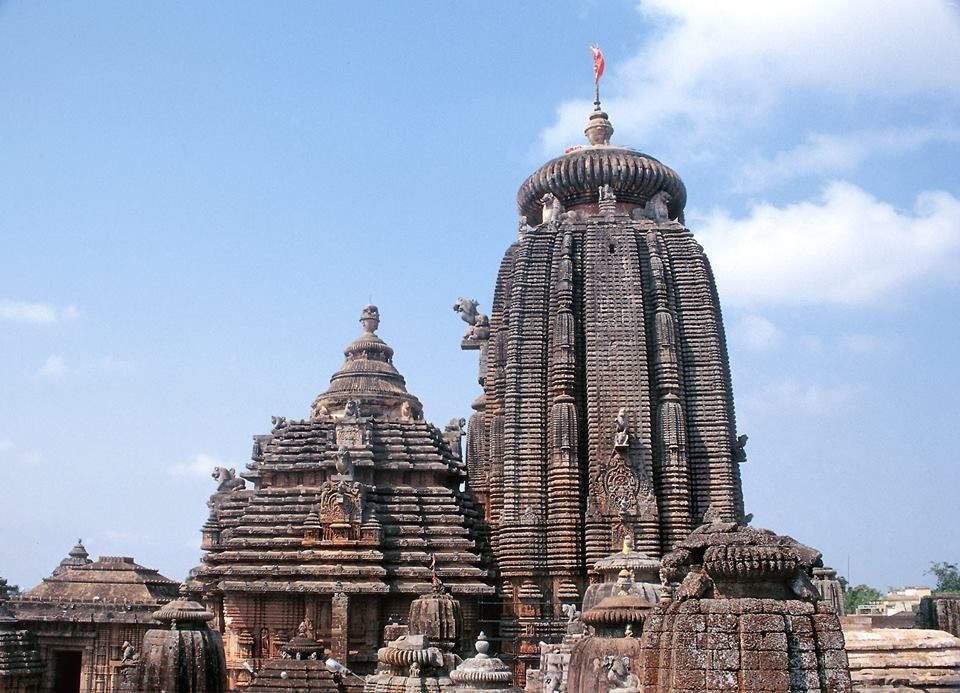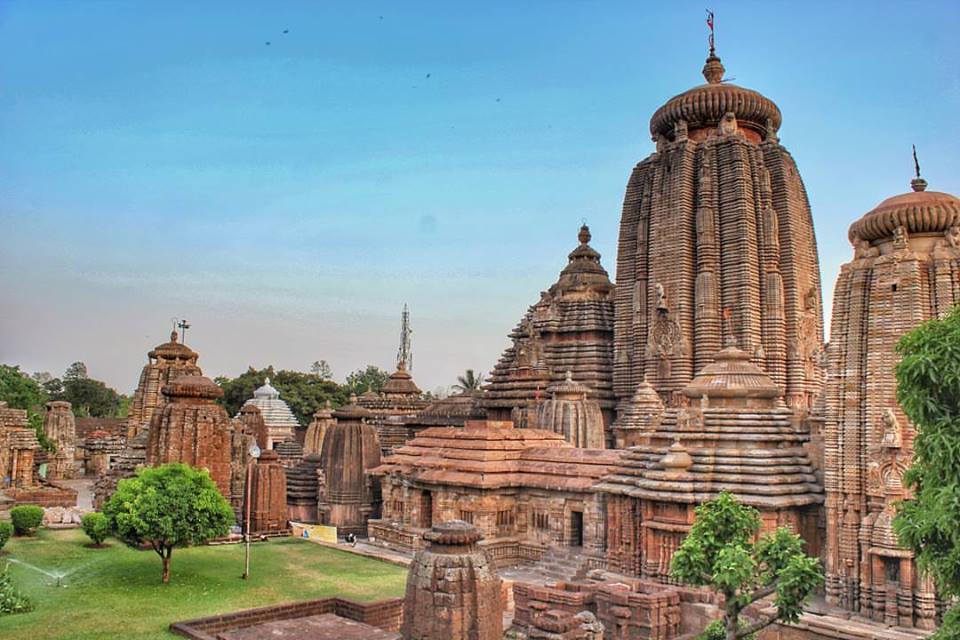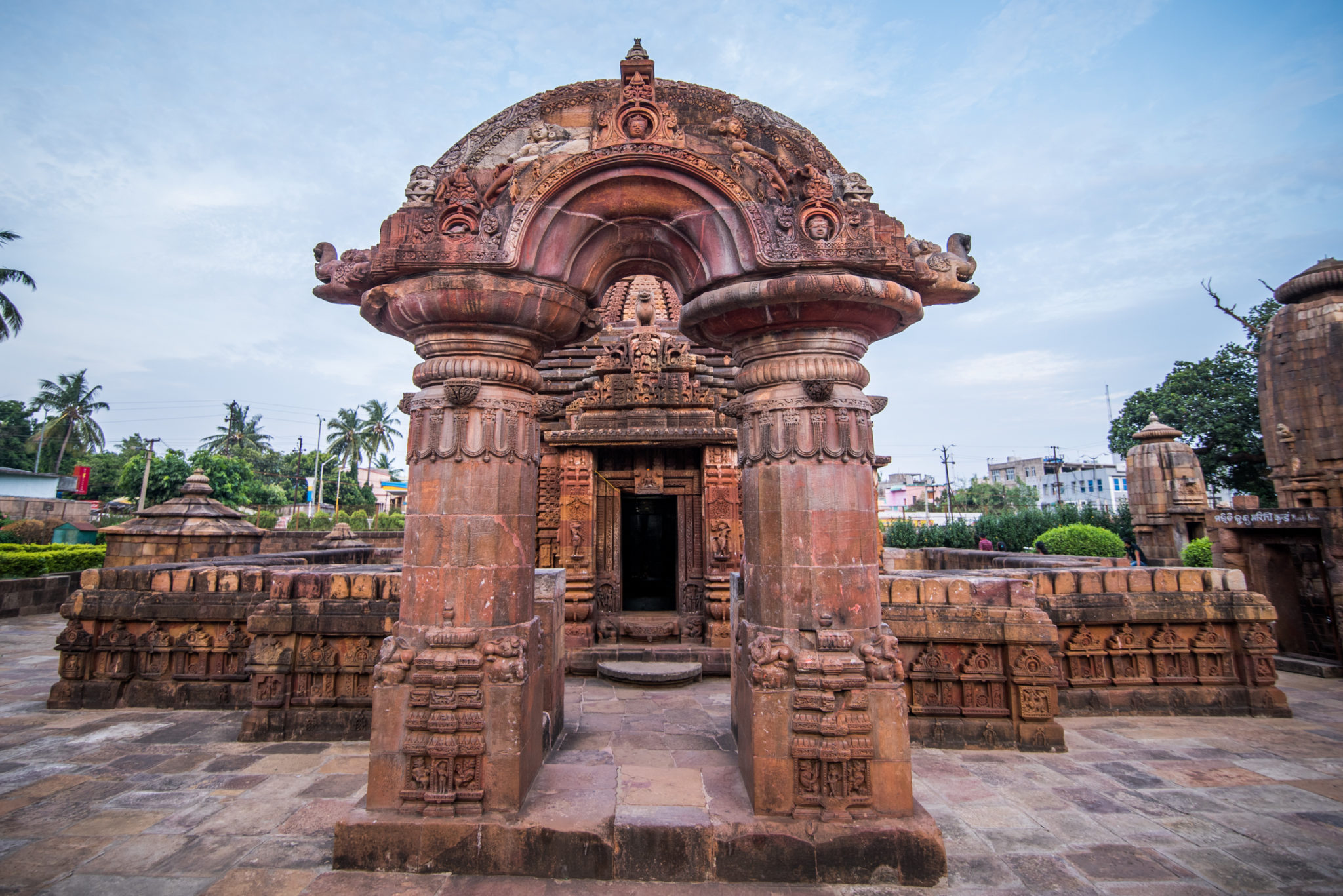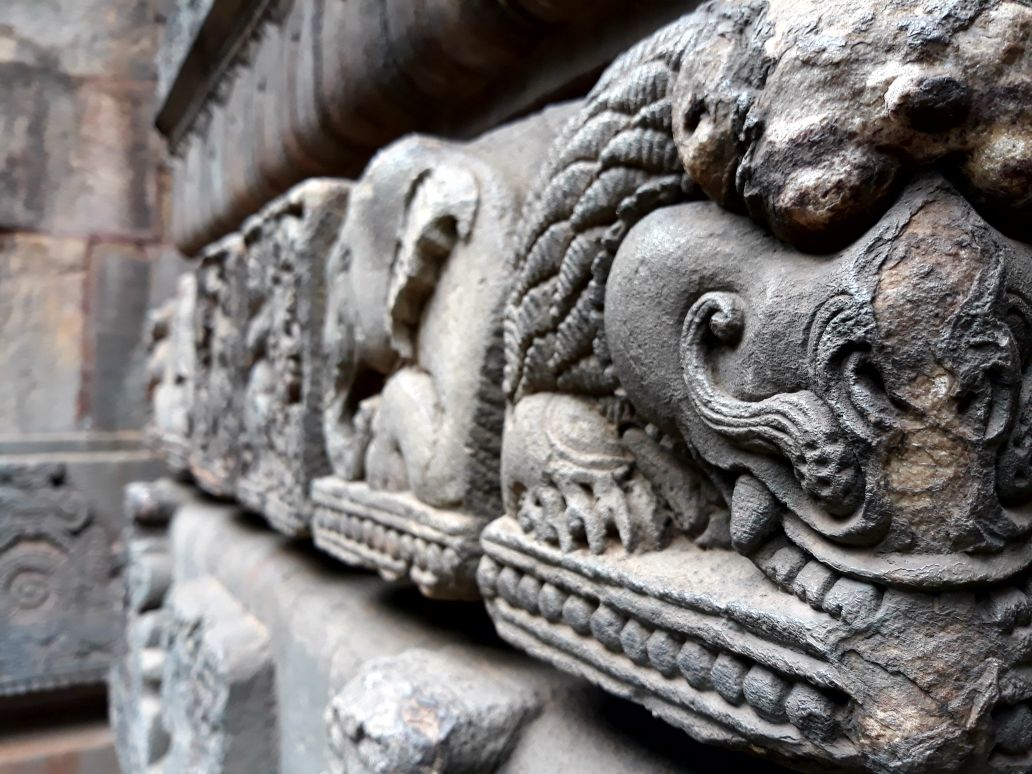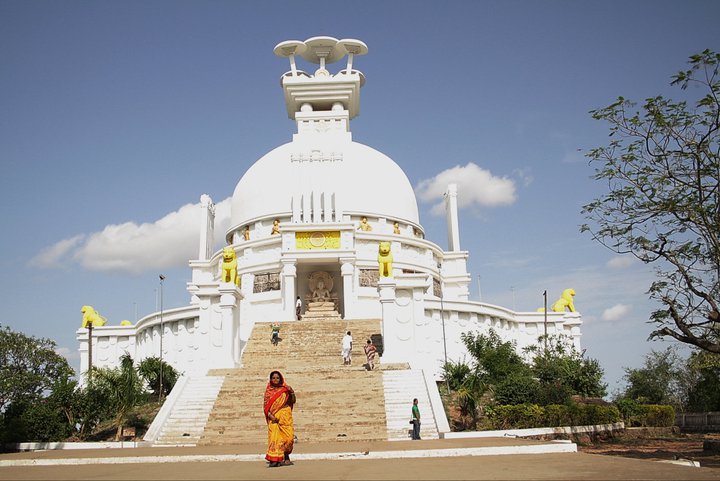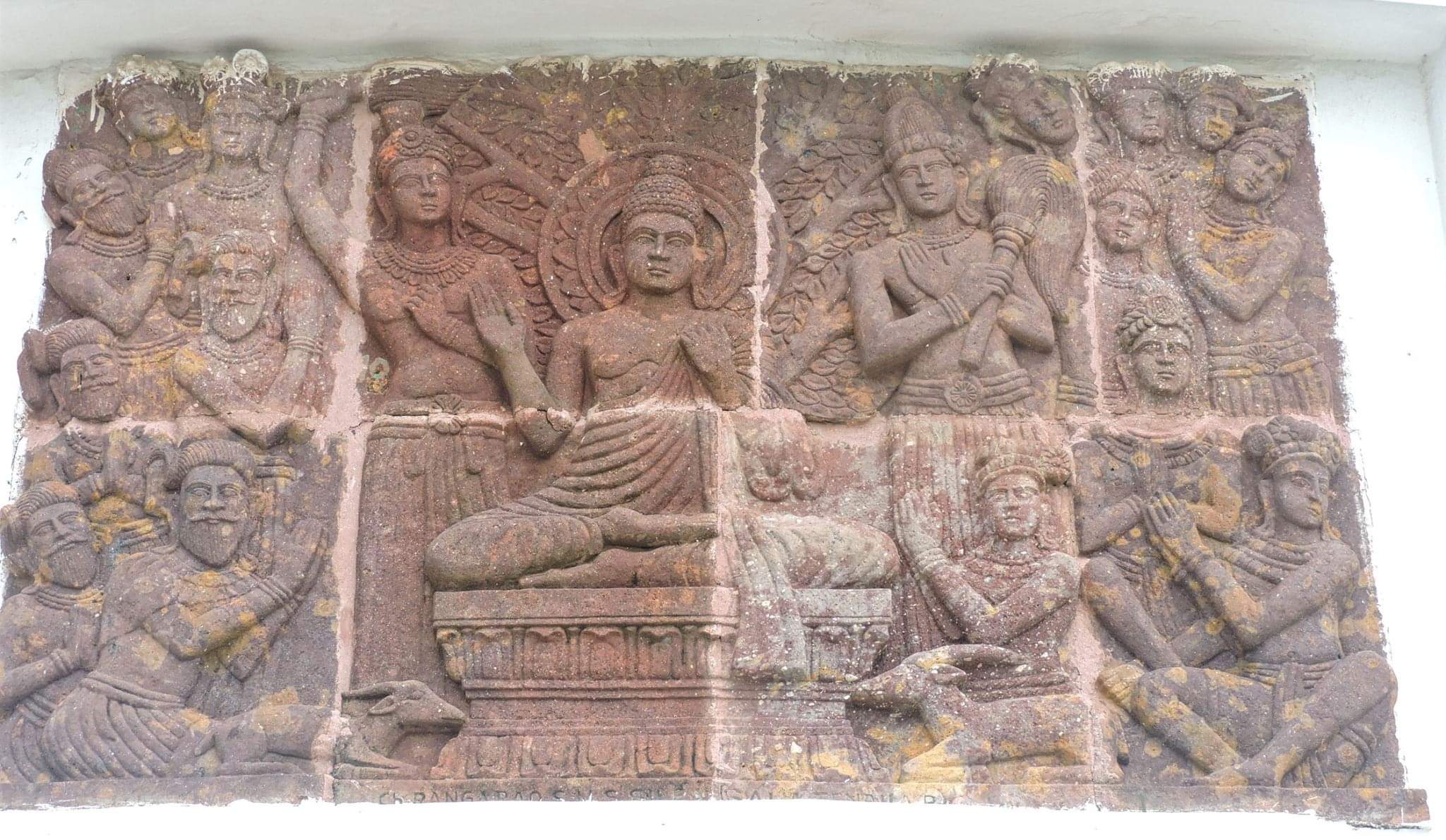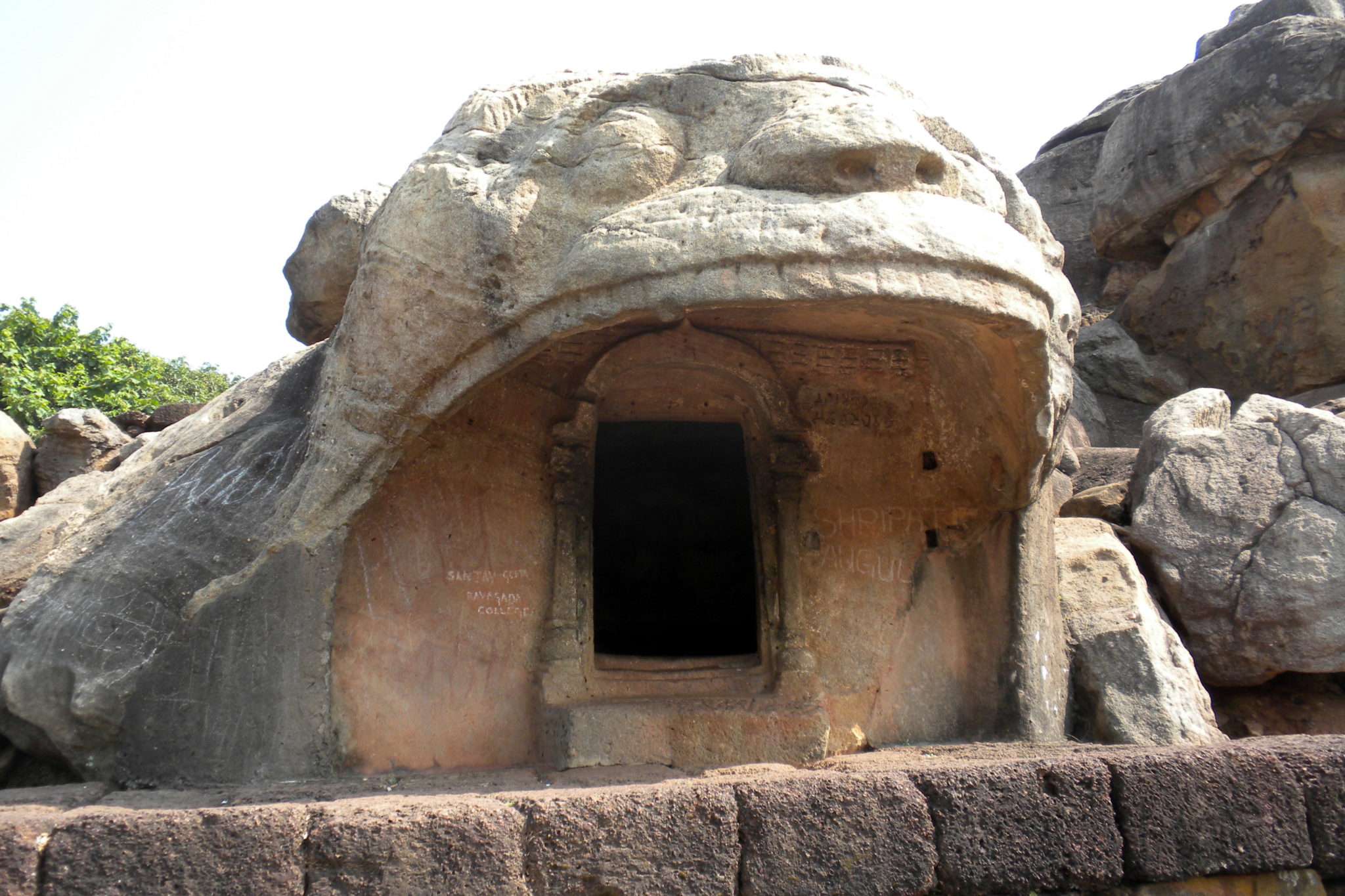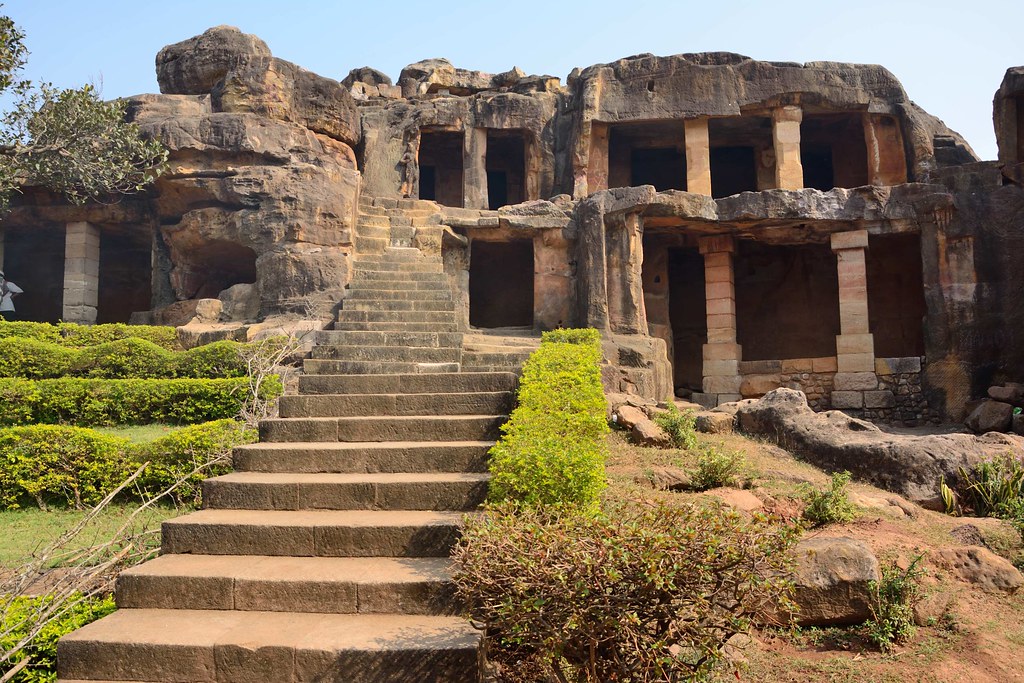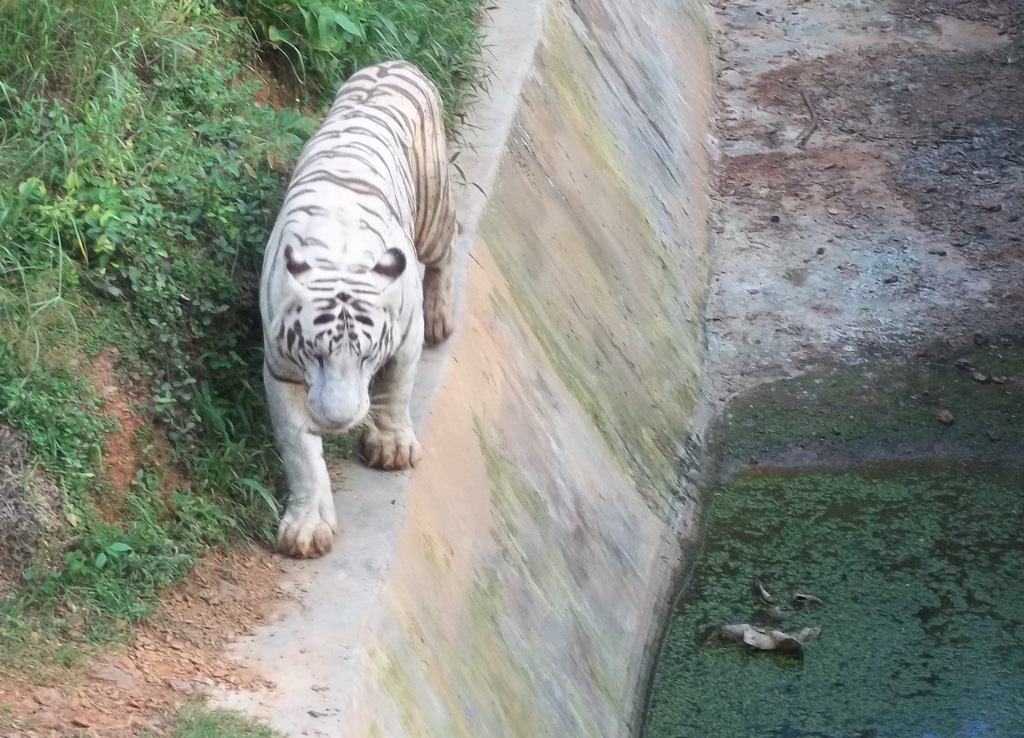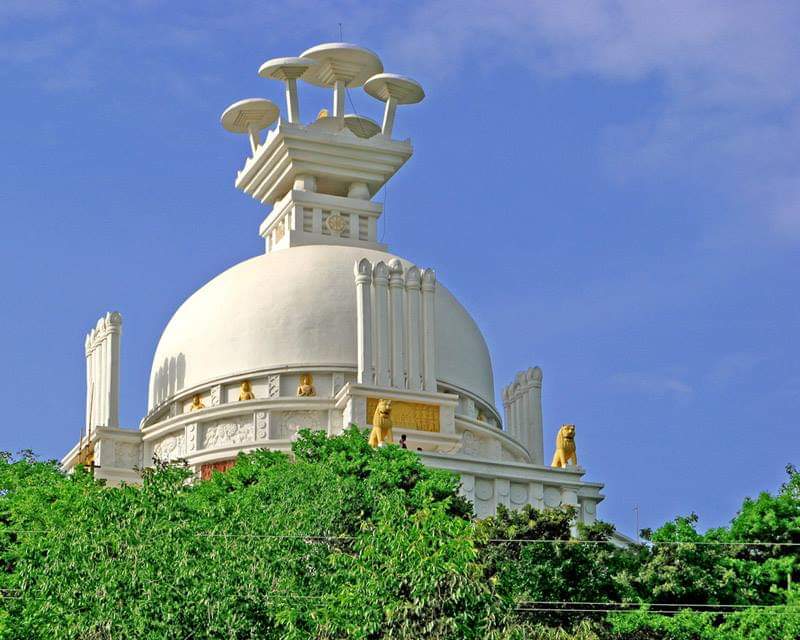
Bhubaneshwar, an ancient city of India’s eastern state of Odisha is one of the historically important city of Indian subcontinent. Often depicted as the Temple city, the city’s name Bhubaneshwar is said to be derived from the word Tribhubaneswara, which literally means the Lord of the Three Worlds (referring to Lord Shiva). Bhubaneshwar’s history dates back to 1st century BCE whereas the foundation of the modern day Bhubaneshwar, an ancient city of India’s eastern state of Odisha is one of the historically important city of Indian subcontinent. Often depicted as the Temple city, the city’s name Bhubaneshwar is said to be derived from the word Tribhubaneswara, which literally means the Lord of the Three Worlds (referring to Lord Shiva). Bhubaneshwar’s history dates back to 1st century BCE whereas the foundation of the modern day Bhubaneswar city was laid back in the year of 1948. And over the year of its journey the today’s city that we see is now a centre of economic, educational and cultural importance known to the world for it\’s world class educational and medical institutions.
There’s more to the city, but Bhubaneshwar is more famous for its temple and touristy attractions.So below are few of the most not to miss beautiful places to visit when in the town.
1) Lingaraj Temple
It is the most ancient, the largest Temple and the prominent landmark of the Bhubaneshwar City, that attract thousands of devotees everyday. Built during the 6th century AD it is one among the oldest structures of India which is said to be 1000 years old The main entrance into the temple is through the lion’s gate, where on both sides of the gates lions crushing an elephant have been showcased. Once inside the temple premises are a thousands of small shrines which are dedicated to Gods and Goddesses. One can see the beautiful sculptures that have been prominently carved into the outer walls of the temple.
The Lingaraj temple has a height of 55 meters and is spread across a vast area of land. The Temple is divided into four distinct parts which are Garbh Griha, Bhoga Mandap, Yajna Shala and Natya Shala. The deity of the temple is Lord Shiva who is worshiped along side Lord Vishnu.The Temple’s Garbh Griha or the main sanctum has the Lord’s Shiva Lingam that is believed to have originated on its own. The other small temples or shrines inside the Temple complex are devoted to many incarnation of various Gods and Goddesses. And It is a whiff of the spiritual ecstasy of the temple that draws large number of devotees every year.
2) Mukteshwar Temple
Mukteshwar Temple is a 10th-century Hindu temple dedicated to the Lord Shiva, is another world famous temple in Bhubaneswar, Odisha, India. The temple is hardly a walking distance of 1 km from the Lingaraj Temple .
The temple is fully made up of red sandstones and is only 35 feets with height. It’s outer walls, carved with many ascetics figures shows an excellent combinations of Hindu and Buddhist and Jain style of architecture. The main highlight of the temple, is it’s magnificent arched masterpiece torana or decorative gateway . It’s architectural style is a reminiscent of Buddhist influence in the Kalinga style of architecture which makes it a place of great importance in the study of the development of Hindu temples in Odisha state.
Mukteshwar Temple
Carvings on the walls
It is often being described and praised in the Odiya literature as a temple realized in dream where every inch of its surface are so ornately carved with sculptures depicting scenes from the tales of Panchatantra that it is said to be in complete harmony with one another. The excellent combinations of Hindu and Buddhist and Jain style of architecture which no where can be seen, but here makes it a classic example of sophisticated architectural style that holds a magnetic appeal.
3) Shanti Stupa of Dhauli
The small town of Dhauli is located on the banks of the river Daya, 8 km south of Bhubaneswar in Odisha. It is a hill with vast open space and is famous of its history, rather a brutal history. It is on the banks of River Daya the Great Kalinga war was fought in the year of 262 BC between the two great armies of King Ashoka and the King of Kalinga, Raja Anantha. Such was the war’s ferocity and the bloodshed it brought that whole of River Daya turned red with the blood of the fallen soldiers. The savagery and its magnitude of horror, brought profound impact on King Ashoka and lead him to change views on war and pledged to never again wage a war of conquest. This prompted Ashoka to take the path of nonviolence and peace and lead him to adopt the religion of Buddhism.
After the conquest and the lasting peace that came after, Dhauli became an important centre of Buddhist activities. Ashoka built several chaityas, stupas and pillars and had inscribed his rule in the form of rock edicts that is well preserved till date. This place became an important place of worship and devotion for various people, for centuries to come.
The Dauli mountain today has a dazzling white peace pagoda or Shanti stupa constructed on the top of the hill by the Japan Buddha Sangha and the Kalinga Nippon Buddha Sangha in the 1970s. This white stupa is covered with the dome on the top and it’s outer walls are heavily beautified with intricate carvings. One can spot the life size images of Lord Buddha is various meditating pose on the four sides walls of the Stupa. There also stand two pillars like the Ashoka’s pillars on it’s entry with two lion at the top standing as if it is guarding Lord Buddha.
The Odisha state tourism department has started a 30 minutes light and show that describes the mighty Kalinga empire, the war and the transformation of King Ashoka. There are daily two shows that begins at 7pm and the later begins at 7:45pm. The entry charges for the show are Rs 25 for general visitors and Rs 10 for students.
Here the Video
https://www.youtube.com/watch?v=8Hwq0Bbq8Po
Credit : Studio Sbr
4) Khandagiri and Udaigiri Caves
Barely 5 Kms from the Bhubaneshwar City Khandagiri and Udaygiri are a groups of rock-cut shelters partly natural and partly artificial in its origin. The caves of Udayagiri or otherwise known as Hill of Sunrise and Khandagiri as otherwise means Broken Hills, commands a unique position in the annals of history, rock-cut architecture, art and religion. These caves are said to have origin back to the 2nd century BC and have a number of finely and ornately carved caves.
These caves are a group of caves in where the most important is the double storeyed monastery, Ranigumpha cave . The Ranigumpha is extensively carved cave and contains the most elaborately embellished walls with sculptural friezes. Some of the other important caves includes the Hathi gumpha, Ananta gumpha, Ganesha gumpha, Jaya Vijaya gumpha and Sarpa gumpha. In one of these i.e in Hathi Gumpha , some of the earliest form of rock inscriptions in Brahmi scripture can be seen on a huge rock edict.
5) Nandankanan Zoological Park
Amidst the natural beauty of natural forest of Chandaka-Dampara Wildlife Sanctuary, Nandankan zoo is one of the major and the most popular zoo in the state of Odisha. Established in the year of 1979 , it spreads across 440 hectors of land. The zoo is enriched with 210 enclosures of which 116 are caged and 94 are open moated enclosures housing 156 species of animals that includes 40 mammals, 83 species of birds, 26 species of reptiles and 6 species of amphibians. In these 156 species, 103 are indigenous and 53 are exotic.
Nandankanan is credited of being the only zoo in India for having Patas monkey, Eastern Rosella and Open-billed Stork besides,being the second zoo in India for having Orangutans( sadly Binny, she died recently on May 30 and at an age of 41), Indian Pangolin and Spotted Munia. The main crowd pullers are the pair of white tigers that were born from normal coloured tigers. A unique White tiger safari was established in the Zoological Park on 1st October 1991 and it has been running successfully from many years. Its a must visit place and definitely a must to visit place in Bhubaneshwar.
It remains open daily, except on Monday from 7.30 am in the morning till 5.30pm in the evening . Ticket prices are Rs 440 for Indians and Rs 100 for foreigners.
